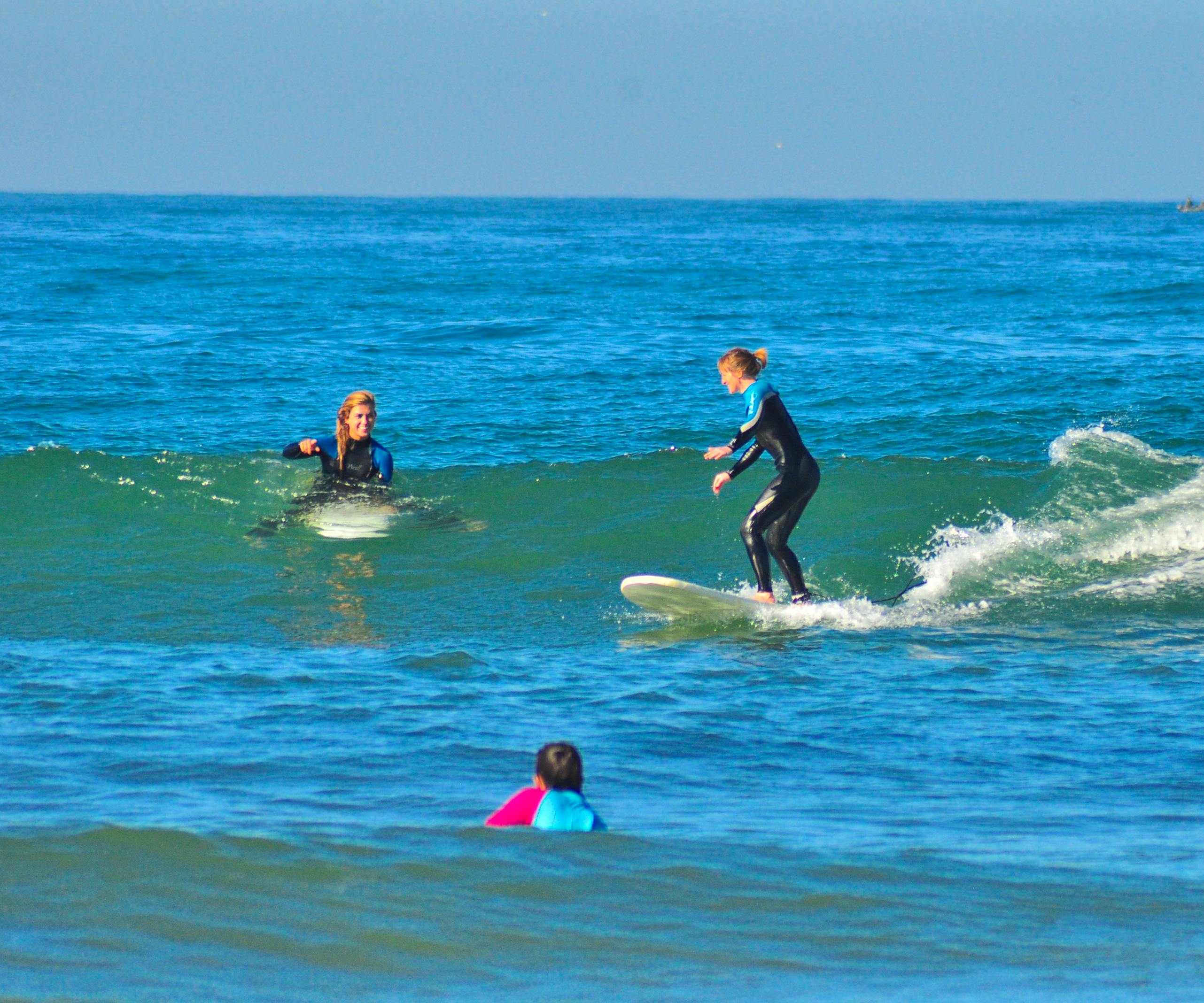Is Mount Toubkal Safe? Expert Tips For a Smooth Ascent
“Is Mount Toubkal safe?” is a question many adventurous travellers ask us at Skyhook as they consider scaling North Africa’s highest peak.
Nestled in the heart of the Atlas Mountains, Mount Toubkal offers an exhilarating yet non-technical climb that beckons thousands each year. It is widely considered one of the best things to do in Morocco by those who love outdoor activities.
Let’s delve into the safety aspects of this famous trek in Morocco, ensuring you’re well-prepared for the adventure of a lifetime.
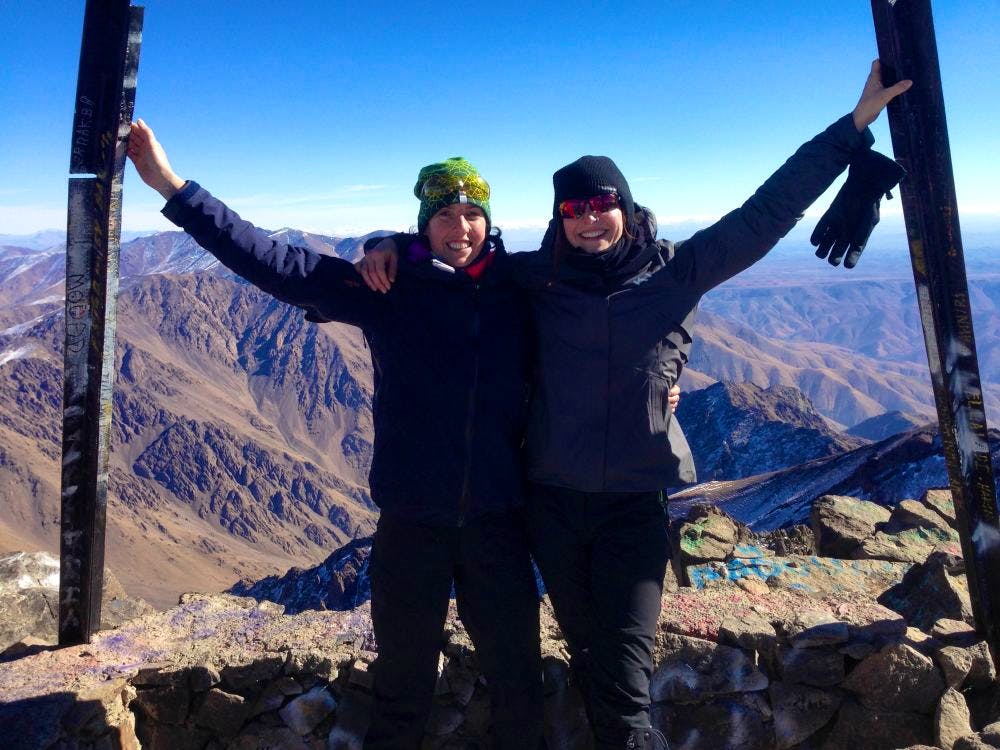
Is Mount Toubkal Safe: What Every Adventurer Must Know
While considered a moderately challenging trek, Mount Toubkal is safe. Here are some of the factors influencing Mount Toubkal’s difficulty and your safety.
Is Mount Toubkal a Technical Climb?
The term “technical climb” often conjures images of ice axes, ropes, and harrowing manoeuvres. However, Mount Toubkal is what’s known as a “non-technical” climb. But what does that mean, exactly?
A non-technical climb means you won’t need specialised equipment like ropes or harnesses. The only time you do need a bit of mountain gear is over the winter months when you will need to rent crampons and ice picks to trek in the snow.
The path is generally straightforward, consisting of well-trodden trails rather than sheer rock faces or icy slopes. This makes Mount Toubkal an approachable challenge for those with a good fitness level, even if they don’t have climbing experience.
That said, don’t mistake “non-technical” for “easy.”
The climb is still physically demanding, with steep ascents and the ever-present challenge of altitude.
It’s crucial to be in good shape and to prepare adequately. Training for Mount Toubkal by improving your endurance and acclimatising to higher altitudes will go a long way in ensuring a safe and enjoyable trek.
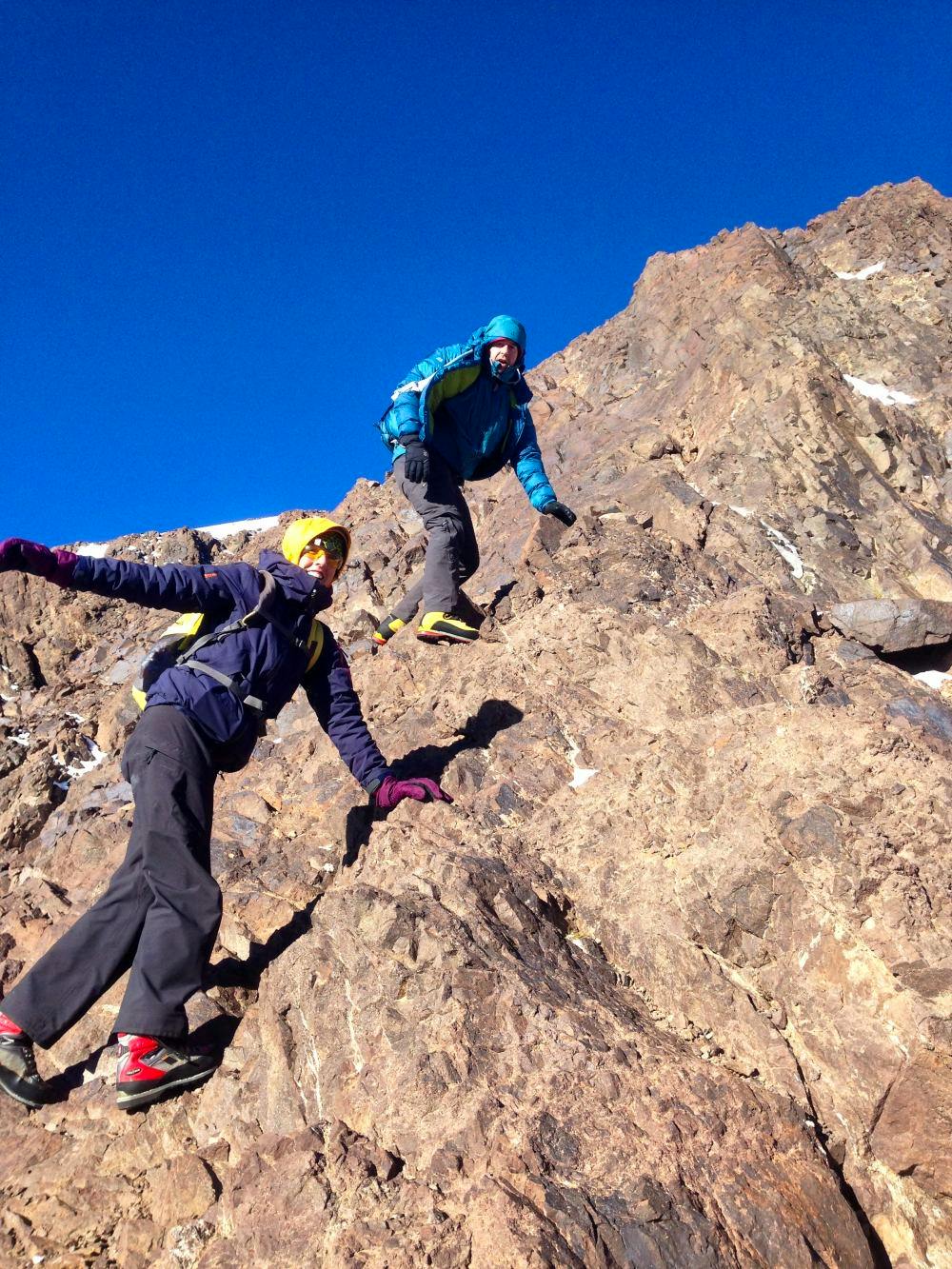
Safety Measures in Place
Safety is a top priority when embarking on an adventure like climbing Mount Toubkal. Fortunately, the trek is well-organised to ensure hikers’ well-being.
One of the first things you’ll notice is the marked trails. These trails are clearly delineated, making it difficult to lose your way. They serve as a reliable guide, especially for those who may not have a seasoned mountaineer’s sense of direction.
But the safety measures don’t stop there.
As you make your ascent, you’ll encounter multiple control points operated by local authorities. These checkpoints serve several purposes.
First, they keep a record of who is on the mountain, which is invaluable in emergencies. Second, they often require you to show identification and sometimes even your trekking itinerary. This ensures that only well-prepared hikers proceed further, minimising the risk of incidents.
These control points are strategically located at critical junctures on the route, such as the village of Aroumd and just before the base camp.
While it might seem cumbersome to stop and show ID, these checkpoints are there for your safety. They’re a reassuring presence, reminding you that, while you’re tackling a challenging trek, you’re never entirely on your own.
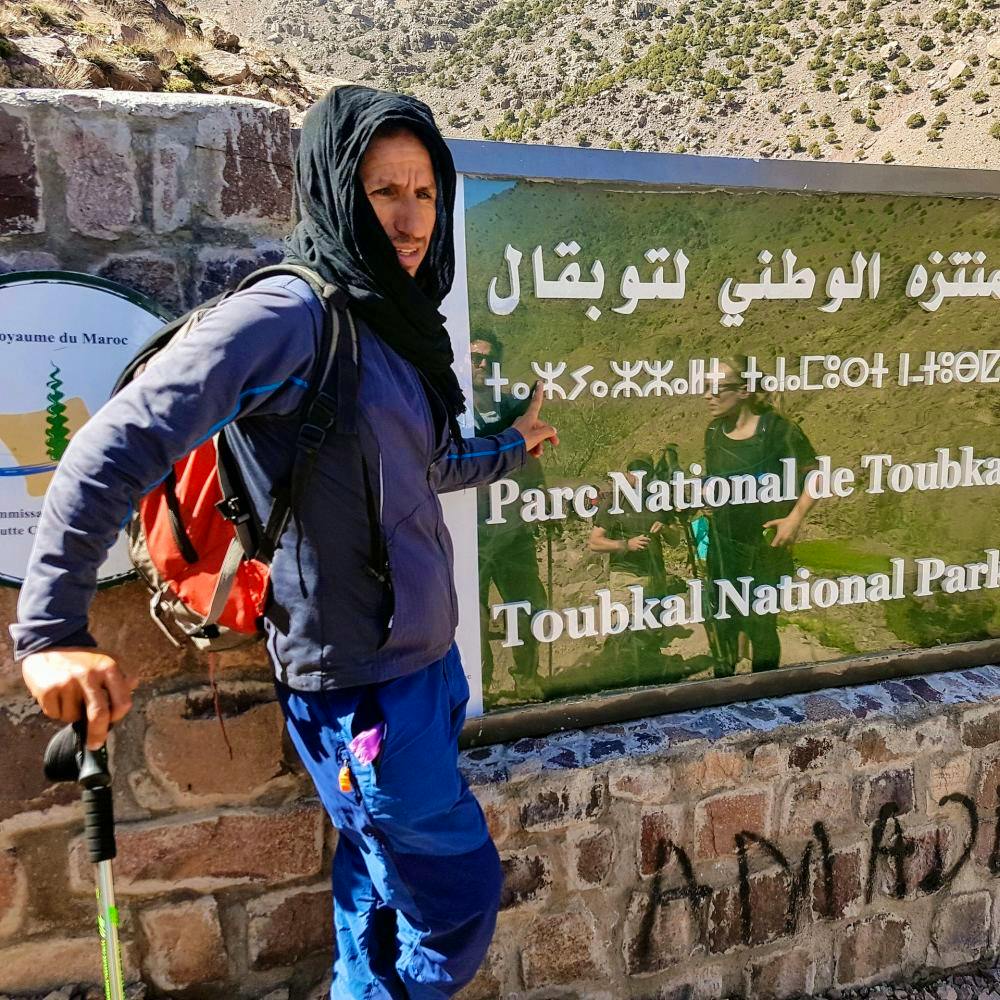

Latest Deals
The Risk of Altitude Sickness
Mount Toubkal altitude sickness is a concern that often looms large in the minds of aspiring mountaineers.
Altitude sickness is a condition that can occur when you ascend too quickly to higher elevations, depriving your body of the oxygen it’s accustomed to. Symptoms can range from mild headaches and nausea to severe complications that require immediate medical attention.
Now, you might wonder, “Is altitude sickness a concern on Mount Toubkal?”
The good news is that it’s generally less of an issue here than higher peaks like Mount Everest or climbing Kilimanjaro. Mount Toubkal stands at 4,167 meters, which is high but not high enough to pose a significant risk of altitude sickness for most people.
However, it’s always better to be safe than sorry. Acclimatisation is vital; take your time as you ascend, allowing your body to adjust to the thinner air. Even though the risk is lower, it’s wise to be aware of the symptoms and descend to a lower altitude if you start feeling unwell.

The Importance of Local Guides
Is climbing Mount Toubkal without a guide safe? Not really, in fact, it's no longer allowed to climb Toubkal independently. Hiring a local guide offers a layer of safety and expertise that can significantly enhance your trekking experience, and we seriously recommend it.
Firstly, local guides know the mountain like the back of their hand. They’re familiar with the terrain, the best routes, and the places to avoid. This local knowledge can be invaluable, especially if you encounter unexpected challenges like sudden weather changes.
Secondly, a guide can help you better understand the local culture and environment. Mount Toubkal is not just a peak to conquer; it’s part of a larger ecosystem and community.
A local guide can provide insights into the flora, fauna, and local customs, making your trek an adventure and a cultural experience. Guides are a fantastic source of information and are usually also happy to share general tips for travelling in Morocco.
Lastly, safety can’t be overstated.
A guide will be able to assess your condition as you ascend, helping to mitigate the risks associated with altitude sickness or fatigue. They’re trained to handle emergencies and can make the call to proceed or turn back, ensuring your well-being throughout the trek.
Which Season is the Safest for a Mount Toubkal Trek: Seasonal Considerations
When planning your trek up Mount Toubkal, choosing the best time to climb Mount Toubkal can significantly impact the safety of your journey. Generally, the mountain can be climbed year-round, but each season offers challenges and rewards.
Spring and Autumn: The Middle Ground
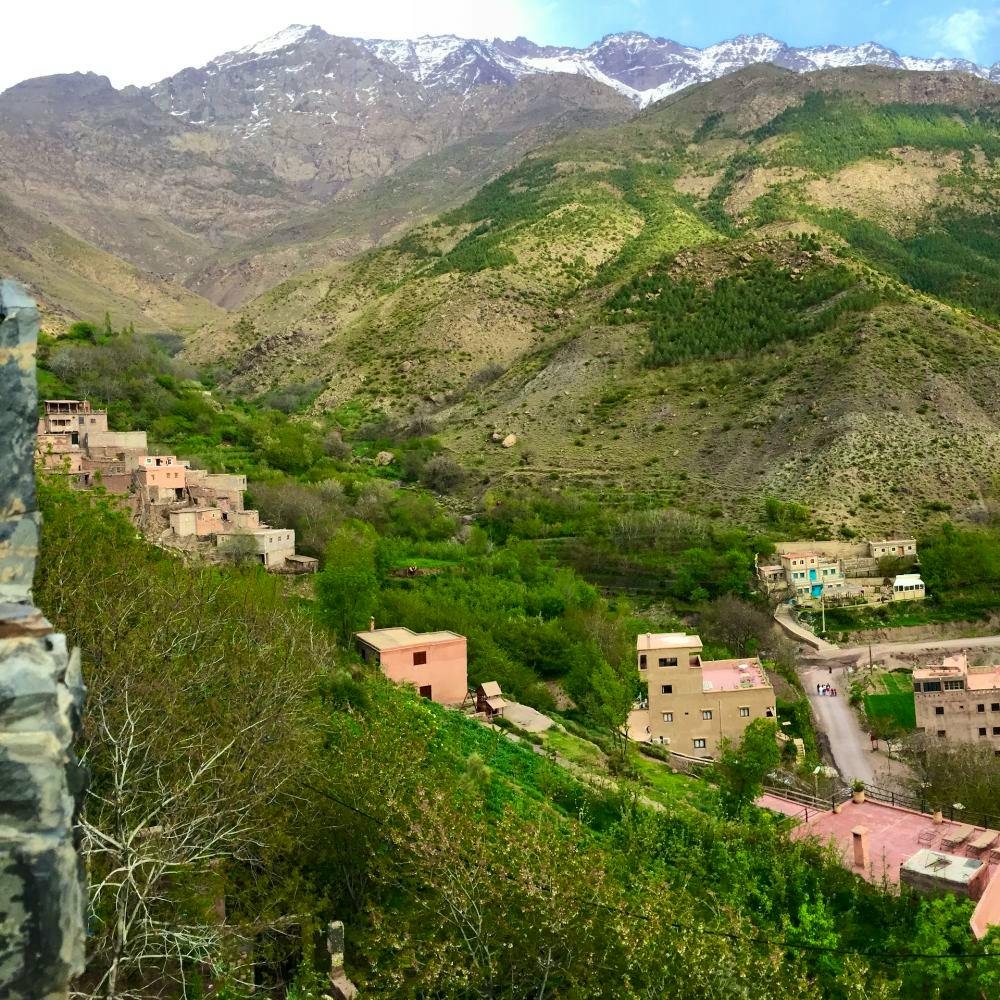
Spring (March to May) and autumn (September to November) are often considered the best times to climb Mount Toubkal.
The Mount Toubkal weather is generally stable, and the temperatures are moderate. These seasons offer a good balance of safety and challenge, making them ideal for first-timers or those with limited mountain trekking experience.
Summer: Hot and Dry
While summer (June to August) offers the advantage of clear skies and minimal precipitation, the heat can be intense.
Dehydration becomes a significant concern, and the trails can be crowded, which might not be everyone’s cup of tea. However, the absence of snow and ice does make a Mount Toubkal summer ascent less technically challenging.
Winter: For the Experienced

Winter (December to February) presents the most challenging conditions. Snow and ice cover the trails, making crampons and ice axes necessary for safe navigation. The risk of avalanches and severe weather also increases.
However, with the right equipment and preparation, a Mount Toubkal winter ascent can be a rewarding, crowd-free experience.
Note: Besides the increased difficulty on Toubkal, winter can be the best time to travel to Morocco. Temperatures are cooler and it's more enjoyable to spend time outdoors doing activities like camel trekking in the Moroccan desert.
Conclusion
Embarking on a Mount Toubkal trek is more than just a climb; it’s a Morocco adventure that offers a blend of cultural richness and natural beauty. While the journey presents challenges, proper preparation and awareness can make it a safe and rewarding experience.
You May Like...
Find your next adventure
Why Skyhook?
Join over 27,000 Skyhook adventurers who've used our platform to book directly with our vetted local guides, at local prices (we never markup).
Expert Local Guides
Experienced local guides, handpicked by us.
Best Prices
Never pay a markup on the local guide's price.
Exclusive Club
Earn loyalty rewards every time you travel.
Great Social Vibes
Small group tours provide a richer experience.
Stellar Feedback
Over 2,800 reviews, average of 4.9/5 stars.









